From Frontier Settlement to Town
- Home
- Early Settlement
- Exhibits
- From Frontier Settlement to Town
By Laura Merrell, revised by Spencer Gaitsch
By the end of the nineteenth century, Wooster had shed its frontier-town reputation and was moving up in the world. The scale of local industry and number of local businesses had skyrocketed, packing the town with mills, grocery stores, Millineries, and more. There was a major increase in the size of the town’s population and, perhaps most noticeably, the prosperity of its residents had drastically improved.
Tracking the Growth of Wooster
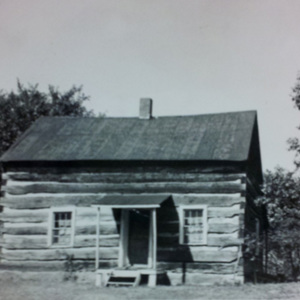
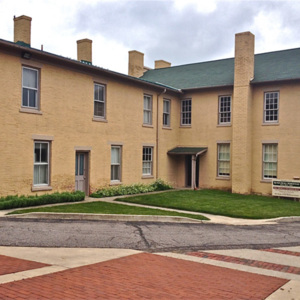
As Wooster evolved from a provincial frontier settlement to a prominent micropolitan area, immigrants from Britain, France, Ireland, and elsewhere began to arrive. Settlers from New York and Pennsylvania also turned up in great numbers. The dwellings of these new residents ranged from two-room log cabins to stately brick homes.1 By 1887, over 200,000 acres of farmland were being cultivated and new schools were being opened in rapid succession with some estimates putting the number of teachers and pupils at 300 and 13,000 respectively.2 Wooster’s regional importance was also broadly apparent when looking at the size of its population when compared to nearby Sugar Creek and Salt Creek. In both cases, Wooster’s population was larger.3
Early Businesses
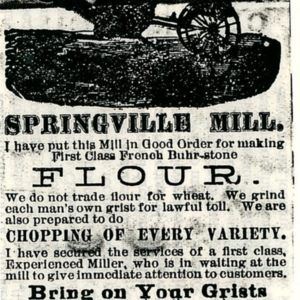
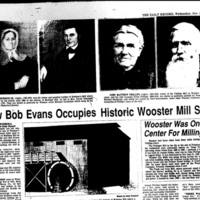
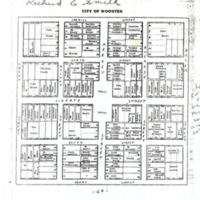
As Wooster expanded in the early nineteenth century, the influx of people and capital created many new opportunities for small businesses and entrepreneurs. Many settlers established their own businesses, and some began importing and selling goods from other parts of the United States. The latter were especially popular for the luxury goods that they made available.4 Henry Howe, a contemporary Wayne County historian at the time, described this burgeoning economy, listing that there were “4 grocery, 10 dry goods, 2 hardware, 2 book and 3 drug stores, 1 bank…”5 Wooster’s expansion was further aided by easily available water sources that enabled Joseph Stibbs to open the first mill in 1809 near Apple Creek.6
Sources
1Henry Howe, Historical Collections of Ohio (Norwalk, OH: The Laning Printing Co., 1896), vol. 2, 830.
2 Ibid.
5 Martin Welker, Farm Life in Central Ohio Sixty Years Ago (Wooster, OH: Clapper’s Print, 1892), 17.
4 “Advertisement for the Sale of Goods Brought From New York and Philadelphia,” Wooster Democratic Journal and Democratic Times, June 16, 1836.
5 Henry Howe,Historical Collections of Ohio (Norwalk, OH: The Laning Printing Co., 1896), vol., 832.
6 Ibid., 833.
How to cite this page:
MLA: “From Frontier Settlement to Town.” stories.woosterhistory.org, http://stories.woosterhistory.org/from-frontier-settlement-to-town/. Accessed [Today’s Date].
Chicago: “From Frontier Settlement to Town” stories.woosterhistory.org. http://stories.woosterhistory.org/from-frontier-settlement-to-town (accessed [Today’s Date]).
APA: (Year, Month Date). From Frontier Settlement to Town. stories.woosterhistory.org. http://stories.woosterhistory.org/from-frontier-settlement-to-town

